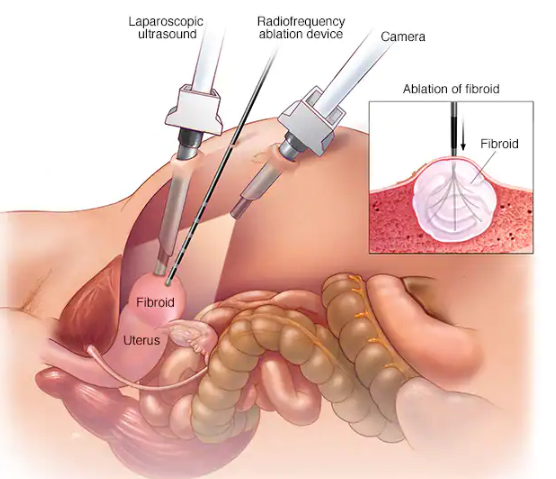With the COVID-19 pandemic hitting the world hard, it had become nearly impossible to visit the labs and pathological centers to get blood tests done. The people being under lockdown suffered immensely during emergency blood tests. As a result, labs and pathological centers decided to give doorstep services to the ones unable to visit the labs to give blood samples for testing.
However, nearly every lab and pathological center started giving such services and not all were up to the mark with their diagnosis. As a result, it became difficult for people to decide which healthcare provider to go for.
To help you with this confusion, here are some things that you should keep in mind before choosing the right healthcare provider.
Transparency of the Labs
The labs, pathological centers, and healthcare providers who give doorstep services should be transparent with everything. Starting from the services they provide to the cost of every service; the healthcare provider should let the customer know everything beforehand.
Registered Staff
Healthcare providers employ and send a lot of people to different areas to give doorstep services. However, research has shown that not all such service providers employ registered staff. As a patient, it is extremely important to check with the healthcare provider whether their staff is properly trained, registered or not. This helps with the smooth and safe functioning of the services, without any future issues.
Experienced Personnel Only
As a healthcare provider, the staff should be sufficiently experienced to give medical aid. Since the work they do requires attention to detail and is crucial, inexperienced people can create a mess, thus denting the reputation of the provider. Thus, it becomes extremely important to employ experienced and trained staff.
Easy Availability of Staff
Select a healthcare provider that has ample staff in their workplace. This helps a lot during emergencies. Service providers with low employee strength are usually unable to send staff during emergencies or sudden calls. As a result, a lot goes on the stake. Hence, select a healthcare provider that is readily available at all times, even at emergencies. Therefore, choose the one that can take timely control of the situation.
In this regard, A Plus home care services are the best in the market with experienced staff and an affordable service charge. Whether it’s a blood test at home, mobile medical lab or personalized nursing care, they offer it all with precision.









